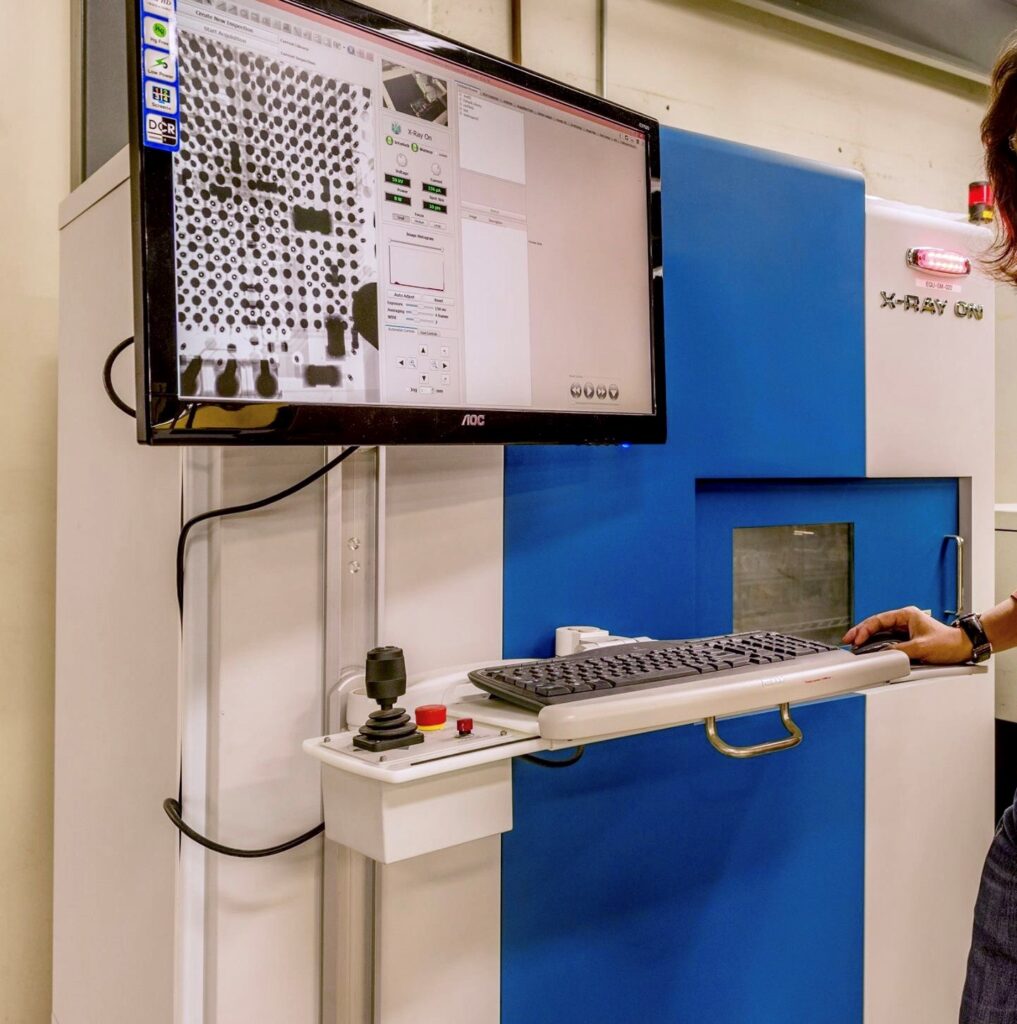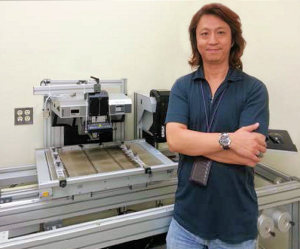BGA rework, replacement. Board Assembly uses the most powerful tools to maintain the state-of-the-art production.
Performance may suffer in mass produced Ball Grid Array (BGA) devices due to many different reasons. Defects in the device, lack of or excess solder joints, or oversights during upgradation processes can be included as one of the may reasons for performance issues. These irregularities can be resolved with BGA rework. We provide a comprehensive BGA rework and re-balling services to maintain the efficacy of SMT circuit boards.
8,000 W medium wavelength IR heater measuring 500 mm x 625 mm. The IR/PL 650 XL is Ersa‘s flagship machine for extra large printed circuit boards (PCBs). PCBs up to 20″ x 24″ or 500 mm x 625 mm can now be safely and rapidly reworked.
Soldering of BGA devices requires precise control and is usually done by automated processes. BGA devices are not suitable for socket mounting.
Board Assembly began offering Ball Grid Array (BGA) Assembly services in the early 90s. Over these many year’s experience BGA assembly with X Ray inspection machine, right assembly procedure, we are very confident to say that we know, and we can build a high quality, good yield rate BGA assembly board.
Ball grid array packaging is a method for reducing package size and integrating a greater number of functions on a single chip module. BGA (Ball Grid Array) also replaces solder balls on the component underside for SMT mounting. Our assembly capabilities include BGA assembly and rework up to 65mm squared up to 36 layer printed circuit board.
(Ball Grid Array) BGA board assembly, BGA board rework, and BGA board modifications are common processes in electronics manufacturing and repair. Here’s an overview of each process:
- BGA Board Assembly:
- BGA Board assembly involves mounting BGA components onto a PCB (Printed Circuit Board). BGAs have solder balls beneath the component that are used to make connections to the PCB.
- The assembly process typically involves solder paste deposition onto the PCB pads, placement of the BGA component onto the pads, and reflow soldering to melt the solder and create electrical connections.
- Proper alignment, solder paste application, and reflow profiles are critical for successful BGA Board assembly.
- BGA Board Rework:
- BGA Board rework is necessary when there are defects in the initial BGA board assembly, such as insufficient solder, solder bridges, or misalignment.
- Rework BGA board can involve the removal of the faulty BGA component using specialized equipment like a rework station or reflow oven. This process often requires careful heating to avoid damaging the PCB or surrounding components.
- After removal, the site is cleaned, and fresh solder paste may be applied if necessary. Then, a new BGA component is placed and reflow soldered.
- BGA Board Modifications:
- BGA Board modifications are changes made to the BGA components or PCB after the initial assembly process.
- This can include upgrading components, changing the BGA footprint, or adding/removing features on the PCB.
- Modifications may involve removing existing components, adding new ones, cutting traces, or making changes to the PCB layout.
- Care must be taken to ensure that modifications do not adversely affect the functionality or reliability of the circuit.
Common tools and equipment used in BGA assembly, rework, and modifications include:
- Reflow ovens: Used for melting solder paste to create electrical connections during initial assembly and rework.
- Rework stations: Equipped with heating elements and hot air nozzles for precise heating during BGA removal and placement.
- Soldering irons: Used for touch-up soldering and fine-detail work.
- Flux: Used to aid in soldering and rework by improving wetting and preventing oxidation.
- Solder paste dispensers: Used for applying solder paste to PCB pads before BGA placement.
- Inspection equipment: Including magnifying glasses, microscopes, and X-ray machines for inspecting solder joints and connections.
BGA board assembly, rework, and modifications require skill, experience, and attention to detail to ensure the reliability and functionality of electronic devices.






